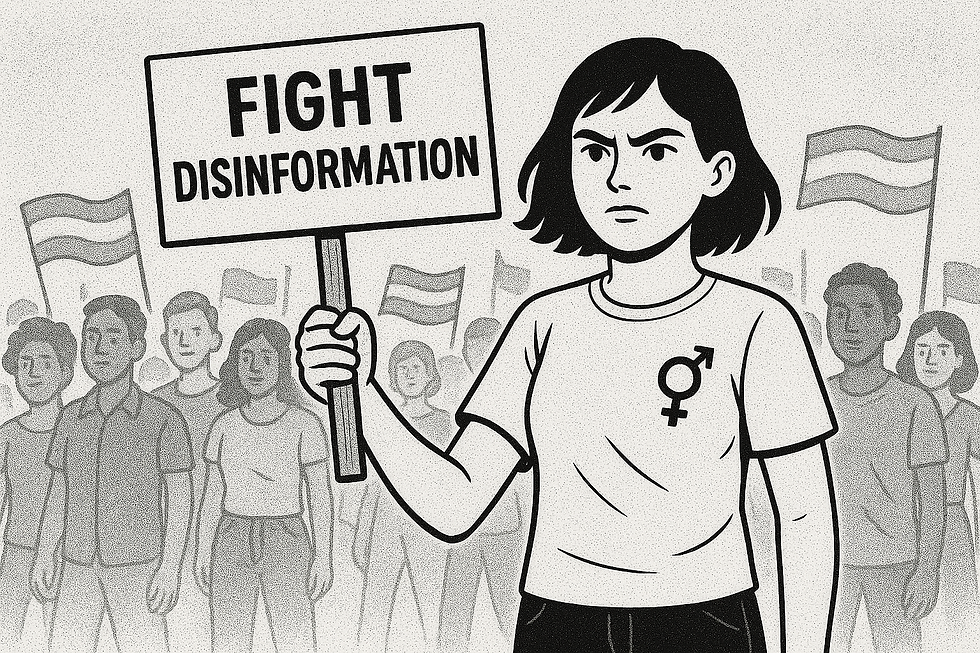Do we still need nuclear power?
- River Champeimont
- Nov 24, 2020
- 6 min read
Updated: Nov 27, 2020
In many developed countries, there seems to be a consensus to build lots of wind turbines and solar panels. In this context, why use nuclear power at all? Why not just switch to a 100% renewable electricity production? In my previous articles, I have explained why nuclear power is safe and why it is sustainable but I haven’t given positive reasons to use it instead of renewables. This is what this article is about.
No conflict of interest: The author of this article and this blog do not receive any money from, nor have any financial interests in the nuclear industry.

Wind and nuclear are both cheap
Is nuclear energy expensive? According to the IPCC, the cost of nuclear power is around 100 $/MWh which is higher than coal (80 $/MWh), but if the CO2 price (price in a “cap and trade” system or carbon tax) is at $100 per ton or higher, coal becomes more expensive (150 $/MWh) than nuclear power. This clearly highlights that nuclear power is interesting in a context in which we want to take measures against global warming. Otherwise, coal is definitely cheaper, which explains why it is the most widely used way to produce electricity (40% of the world production).
How does nuclear power compete with renewables? Photovoltaic solar is more expensive (160 $/MWh) than nuclear power, but wind is cheaper (80 $/MWh). It might also be argued that the cost of solar cells is rapidly decreasing, so this data might become obsolete. Overall, whether nuclear is cheaper than wind or solar depends a lot on the technology and where it is deployed.
However, all these prices correspond to the raw cost of producing electricity, but here we don’t take into account whether the electricity is produced when we need it. It does not tell anything about the cost of producing all the electricity of a country with renewable energy. We will explain why in the next section.
Controllable and variable energy sources
There is something annoying with electricity. It cannot easily be stored in containers like oil or coal. Therefore, every minute, the production must exactly match the consumption. If production is too low, turbines in power plants start to slow down, and if nothing is done they eventually stop, causing a general blackout on the electricity grid (which are large areas like half of the US or the entire continental Europe). In practice, people in charge of electricity grids will sacrifice some consumers by switching off their supply to prevent the entire electricity grid from failing.
What does this have to do with renewable energy? There are basically two types of energy sources. Some are controllable, meaning that we can decide to adjust the quantity of electricity they produce. This is the case for fossil fuel plants, nuclear power plants and hydroelectricity. Other means of production are variable, meaning their production changes over time because of reasons out of our control. This is the case for wind and solar power, which are affected by the presence of wind in the first case, and by the time of day and weather conditions for the second.
The hard question then is: If we want to produce all our electricity from renewable sources, what do we do when there is little sunlight and no wind? A possible solution would be to use hydroelectricity, but this is possible only if the country has a huge potential for hydroelectric power with rivers and lakes. This is how Norway and Quebec (Canada province) generate almost all their electricity with renewable sources. However, this solution cannot be replicated in most countries.
Nuclear power, on the other hand, is able to produce electricity reliably without uncontrolled variations. Some large territories already successfully generate a large part of their electricity with nuclear power, for instance 75% in France and 60% in Ontario (Canada province).
Storing electricity?
Advocates of a pure renewable electricity mix usually say that such a mix is possible because we can use new technologies to store electricity and adapt demand. Let’s first talk about storage. When it comes to storage technologies, an already working solution at the industrial level is to use pumped-storage hydroelectricity. Basically, it means using extra electricity to power pumps that put back water behind dams already used to produce electricity. This is great, but is limited to the places where dams can be built (like with hydroelectricity).

Another solution is to use power-to-gas, which means synthesizing gas using electricity and then burning the gas to get back the electricity. However, more than half of the energy is lost in the process, which means we have to produce at least twice as much electricity originally. Also, this technology is not yet deployed at an industrial scale, so we might wonder if it can really be deployed on a large scale rapidly at an acceptable price.
Finally, even if we succeed in storing electricity at large scale, it means we have to produce much more electricity when we can. When there is wind and sun, we need to produce the electricity which is directly used, but also the electricity which will be stored, and the electricity which will be lost in the storage process. This means we have to oversize the production capacity by building a lot more wind turbines and solar panels.
All this has an important implication. When we say that nuclear power price is comparable to renewables, it means the “raw” price of renewable electricity. But when comparing a complete system with mostly nuclear energy with a system with mostly renewables, what we need to compare is the cost of nuclear power to:
(cost of renewables ⨉ oversizing factor) + cost of storage systems
To summarize:
We don’t know if we can scale electricity storage at an industrial level
Even if we could, it would be very expensive
Adapting to a variable production?
Advocates of a pure renewable mix to produce electricity say that people could adapt their usage of electricity to match production. Technically, this is feasible. But the question is do we want it? Or maybe you want it, but would a large part of the population accept it? In practice, this means switching off a lot of non-critical electrical appliances when there is not enough wind and sun. This probably means some way of forcing people to do so (with very high electricity prices for instance, or by outright disconnection of electrical appliances). This might be very bad for the economy, and might be considered unacceptable by most people.
The choice we need to make
In the chart below, I have summarized the different possible scenarios for producing our electricity:
Using nuclear power to produce a large part of the electricity, along with some renewable production. The nuclear and hydroelectric plants can produce more electricity when there is not enough wind and sun.
Using only renewable energy, but this requires restricting electricity usage when production is too low, which will be bad for the economy, and requires sacrifices to our way of life.
Complementing renewable energy with fossil fuels. This is easy because fossil fuels can be burned when there is not enough wind and sun. But this means electric production will continue to release a lot of CO2.

For the moment, people have not realized yet what a 100% renewable mix means, because we are basically moving from “mostly fossil fuels” to “renewable + fossil fuels” which is an easy target. But what should we do next?
Personally, I have the feeling that people are not ready to make huge sacrifices. There are some easy changes people could make to reduce global warming, like eating less meat, buying smaller cars, replacing phones less often, recycling more, etc. But I don’t feel people would accept huge constraints like not being able to use electricity on demand. Environmentalists are probably honest when they advocate for a fully renewable production, because they are ready to make the sacrifices needed. But we need a solution that the entire population can accept. My feeling is that, when the ratio of renewable energy becomes high enough that sacrifices become necessary, people will reject change, and we will be stuck in the “renewable + fossil fuels” scenario, with between 25% to 50% of electricity still produced from fossil fuels.
But if we use nuclear power, achieving a fully decarbonized electricity mix becomes possible in all industrialized countries, even with today’s technology and without changes to the way we use electricity. A clean electricity mix is the key to many other changes as a lot of them rely on using more electricity: electric cars, hydrogen cars (hydrogen is produced with electricity), heating and cooling with heat pumps. And these are the “easy” issues! For some other greenhouse-gas-emitting sectors, we don’t even know what to do yet. We don’t know how to power planes without oil, how to avoid emitting CO2 when making cement, or how to produce enough food without fertilizers. So let’s at least fix electricity, because we already can!




Comments